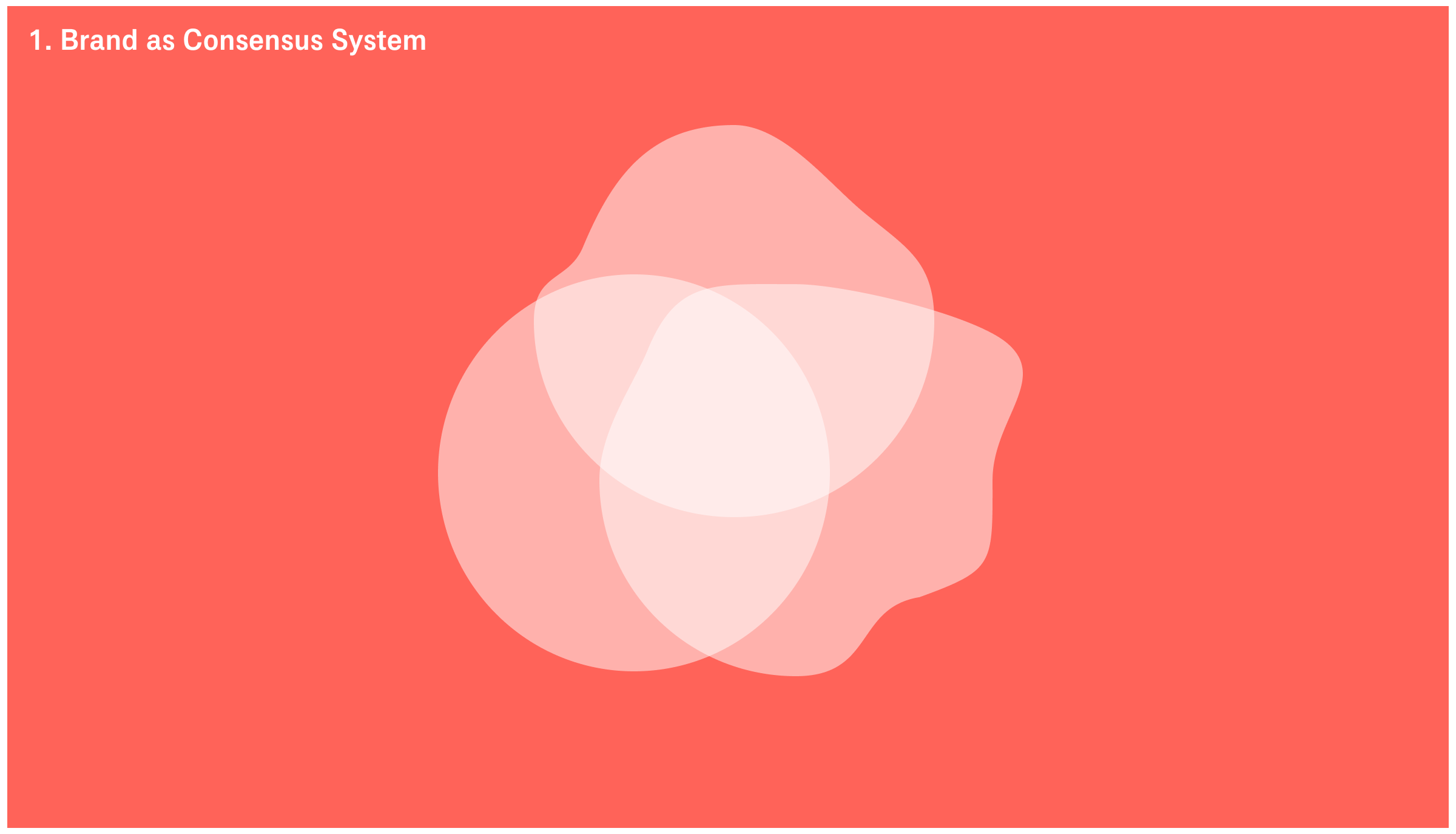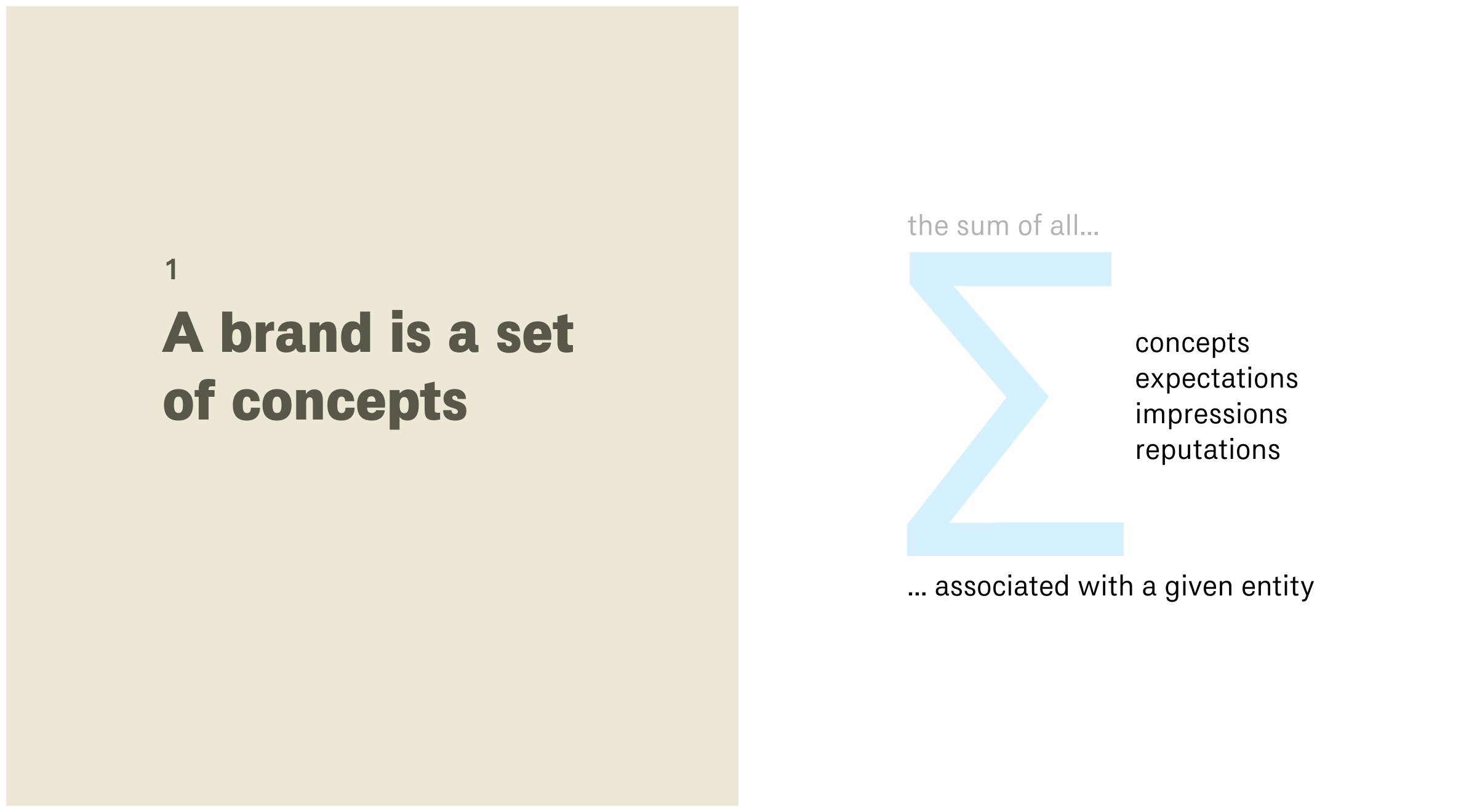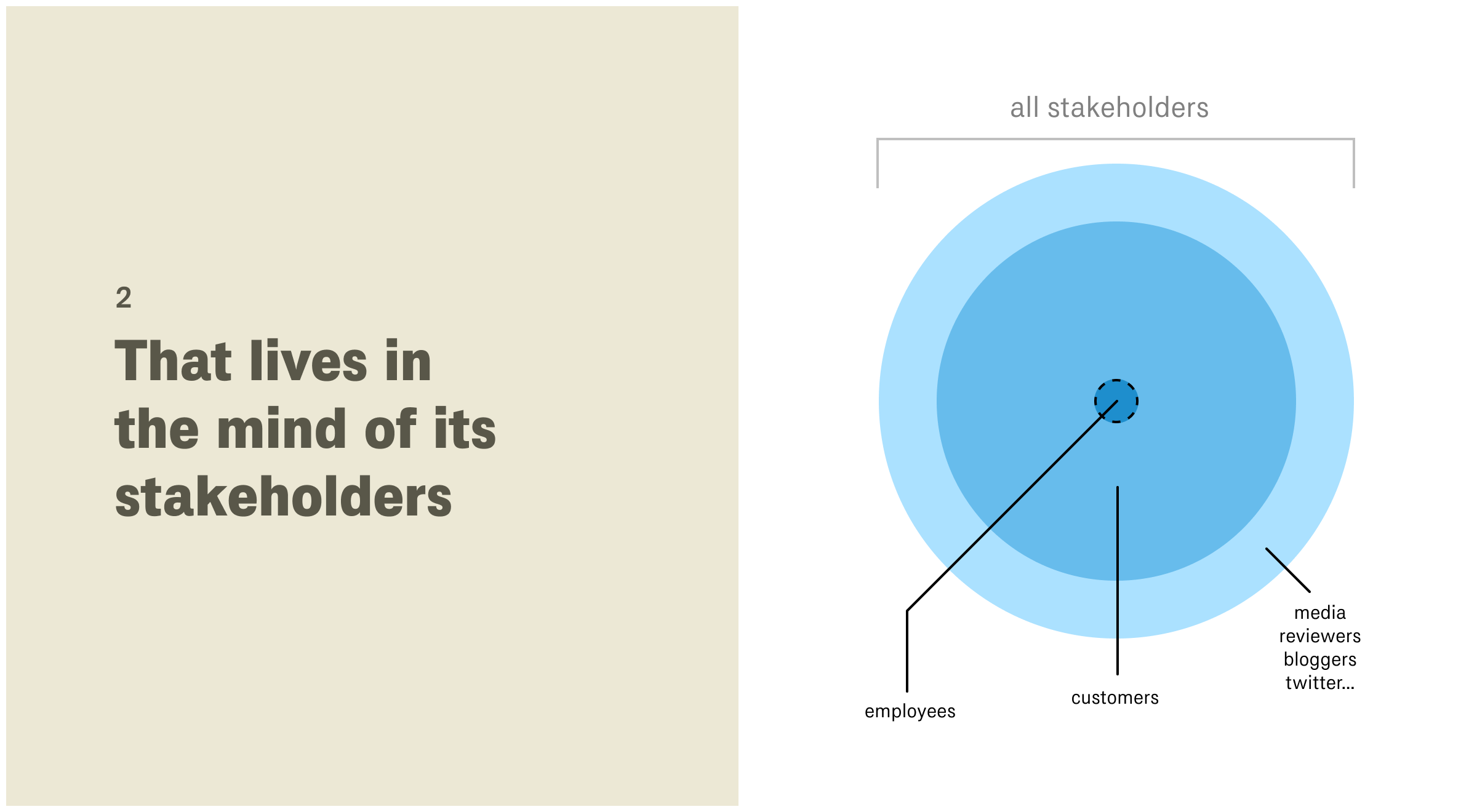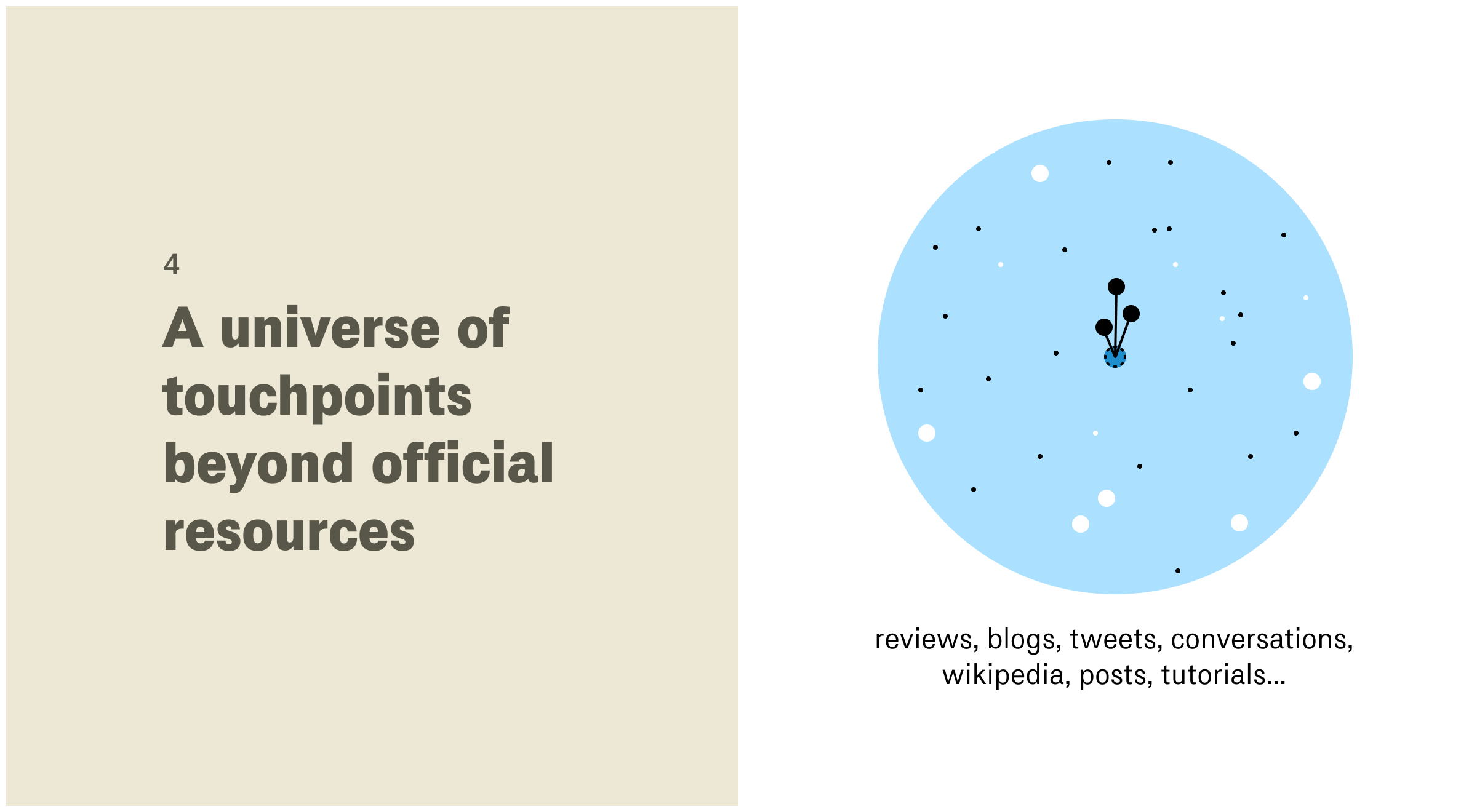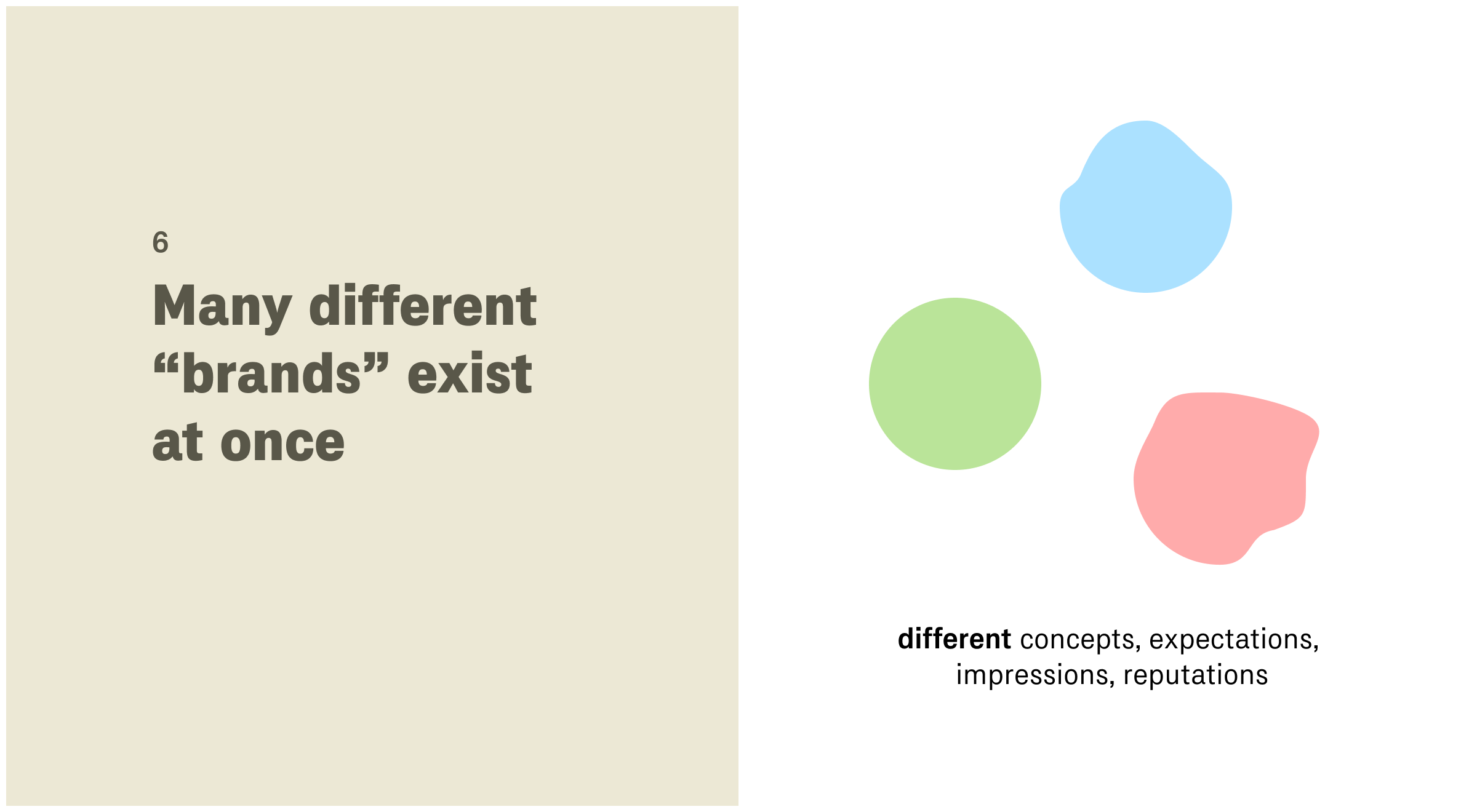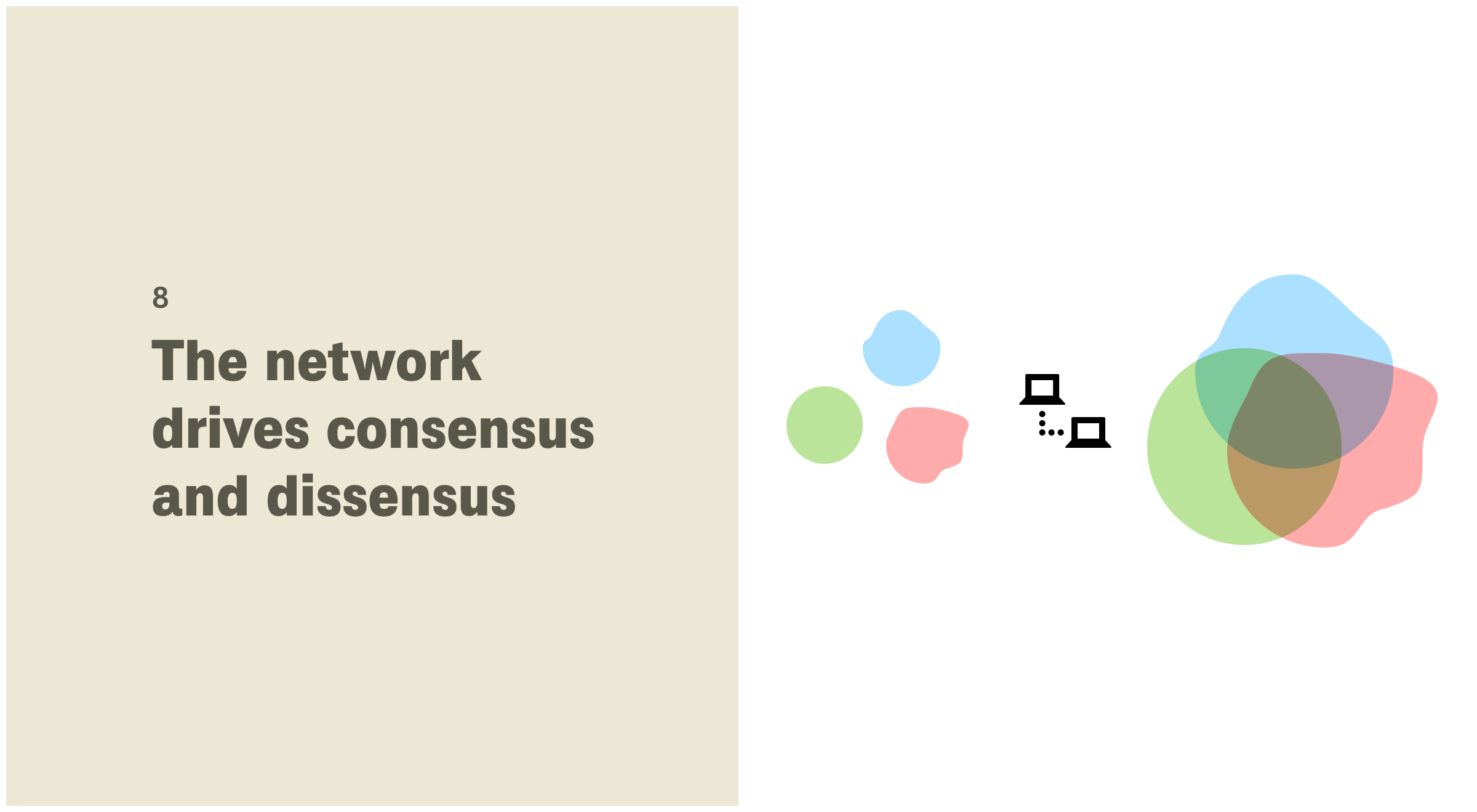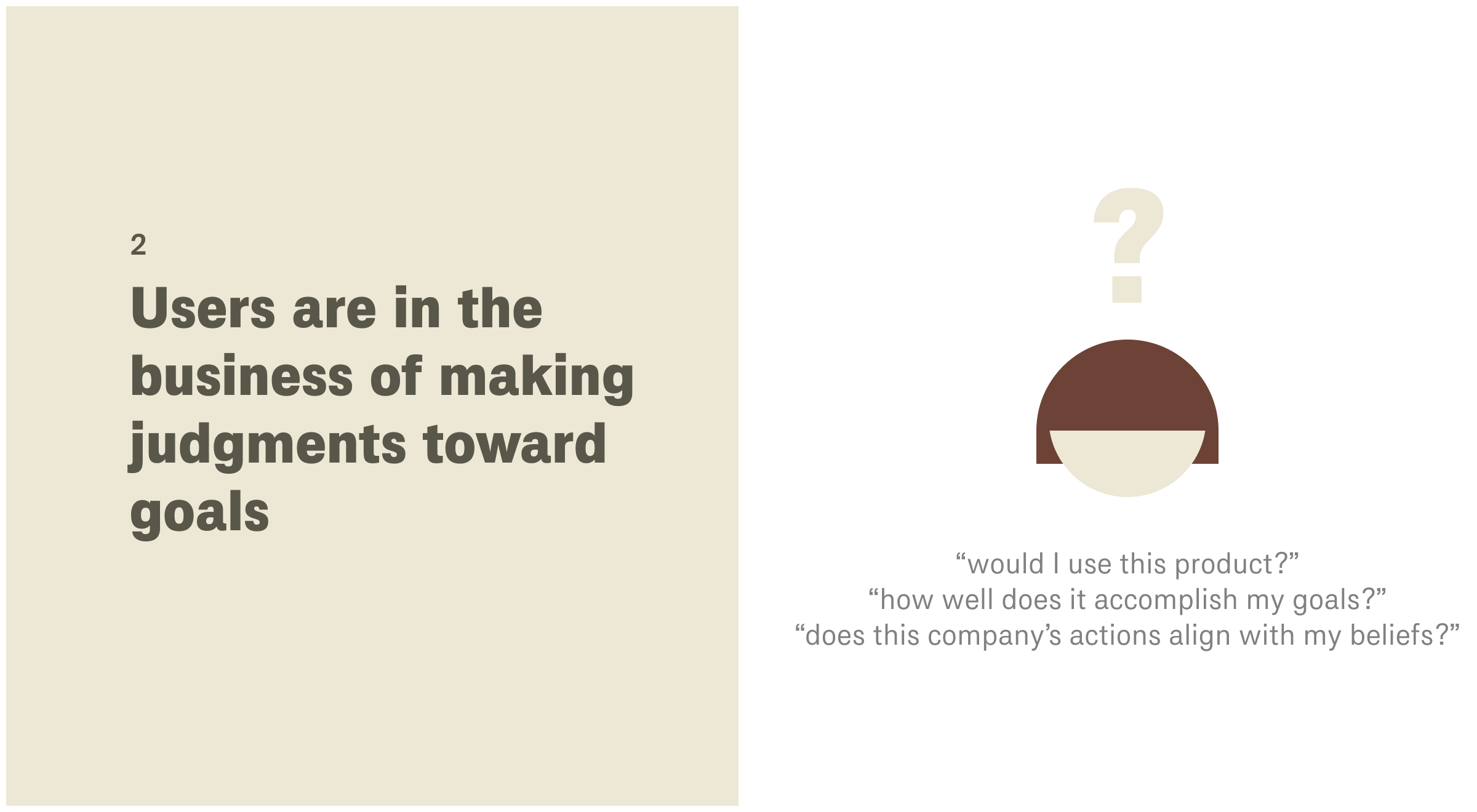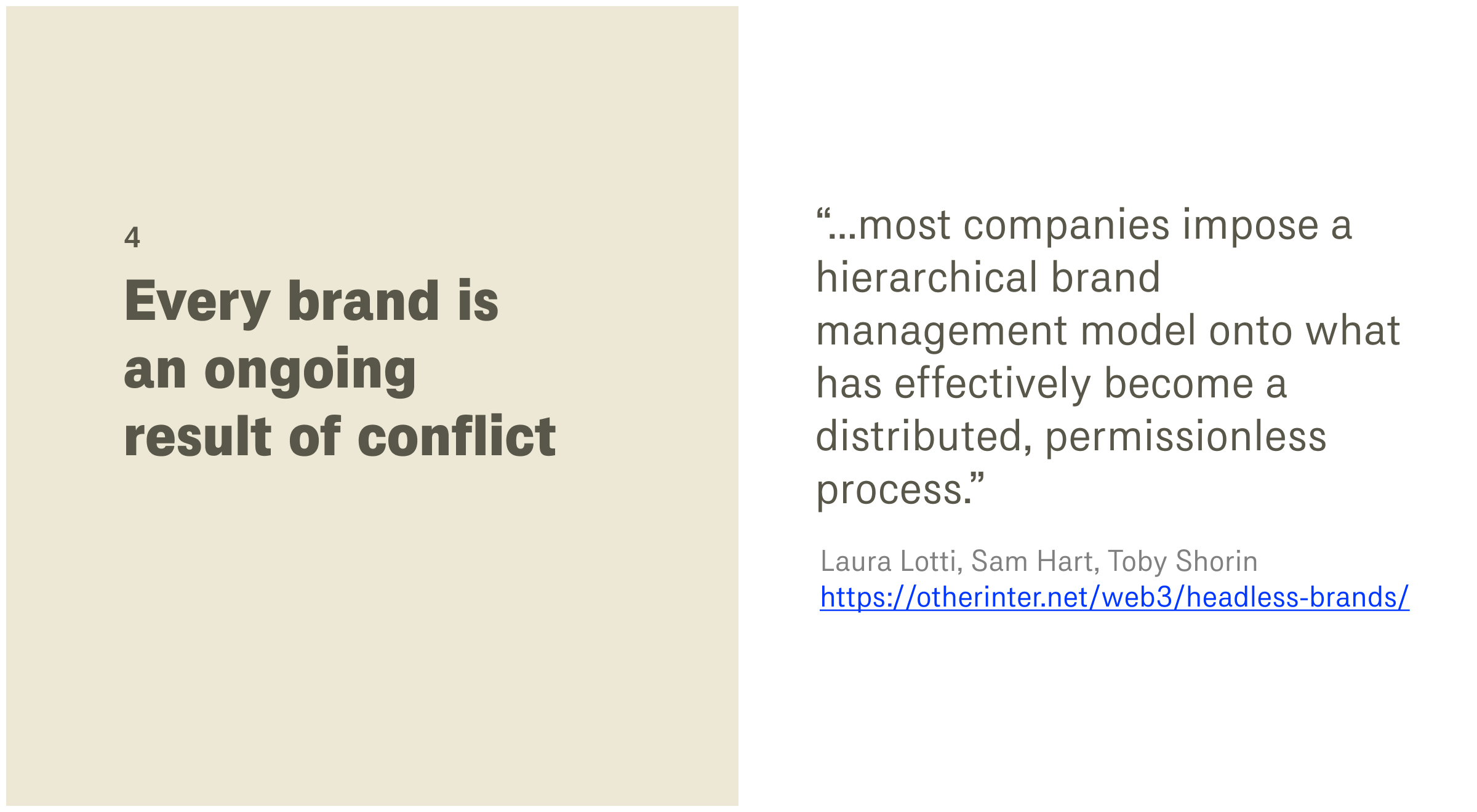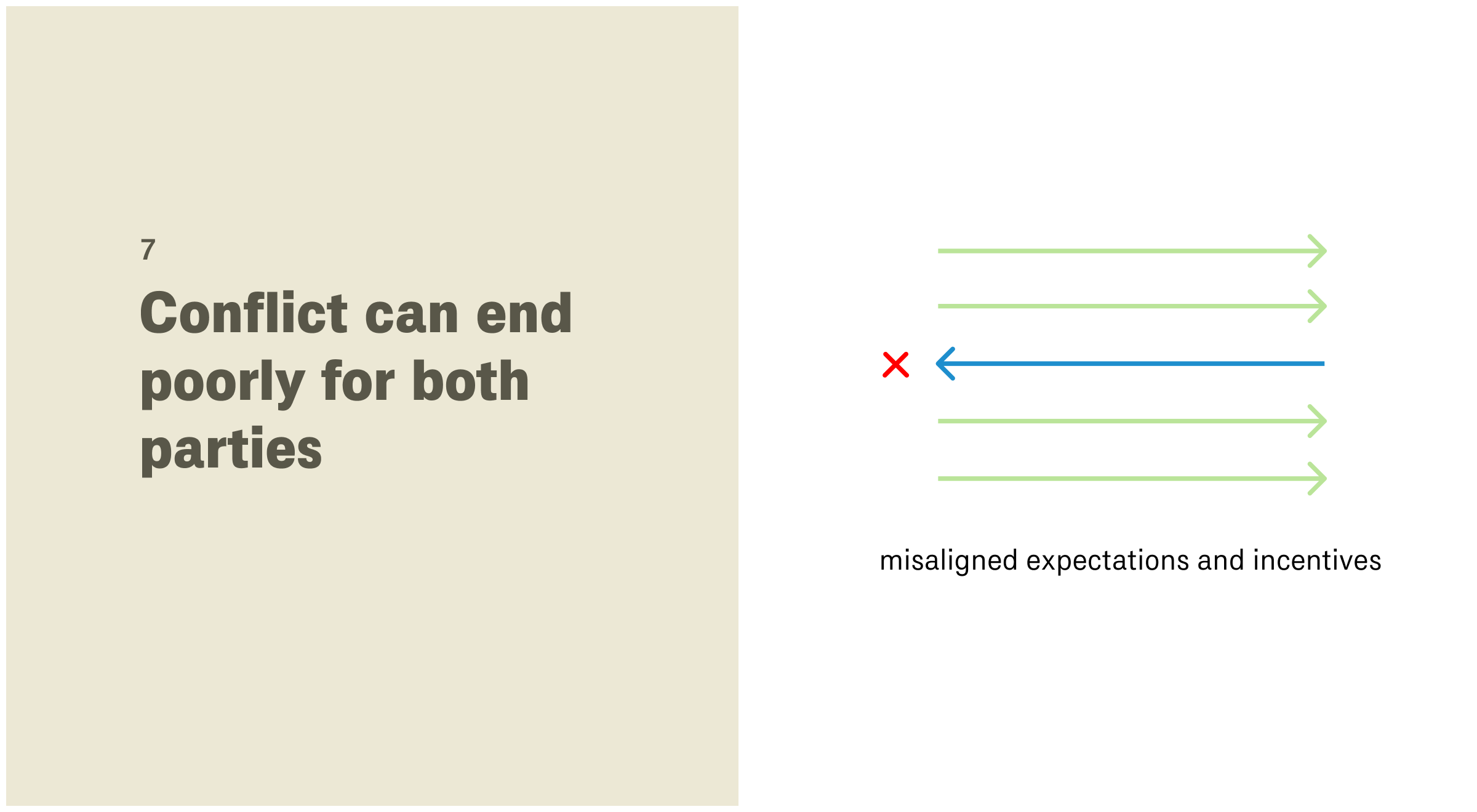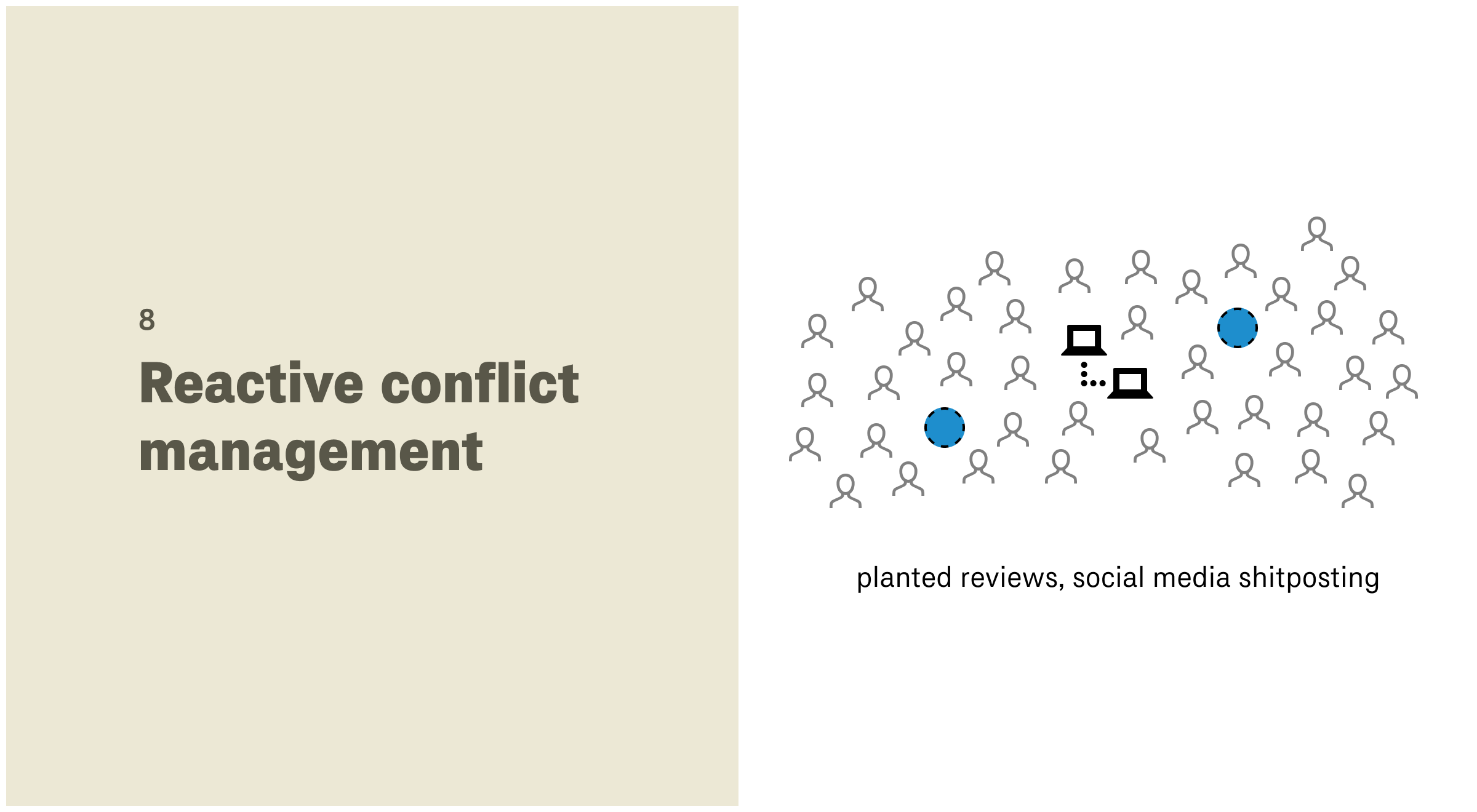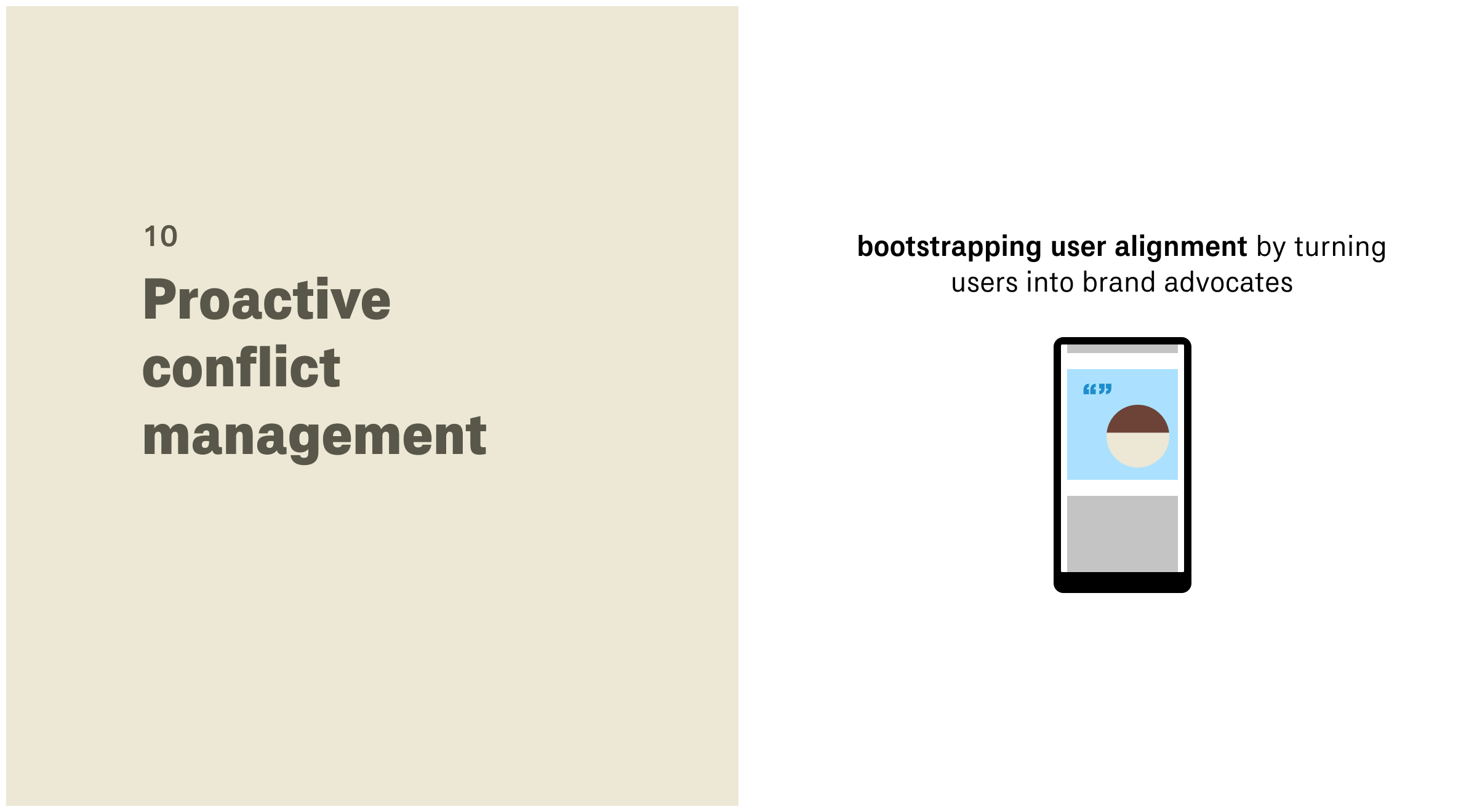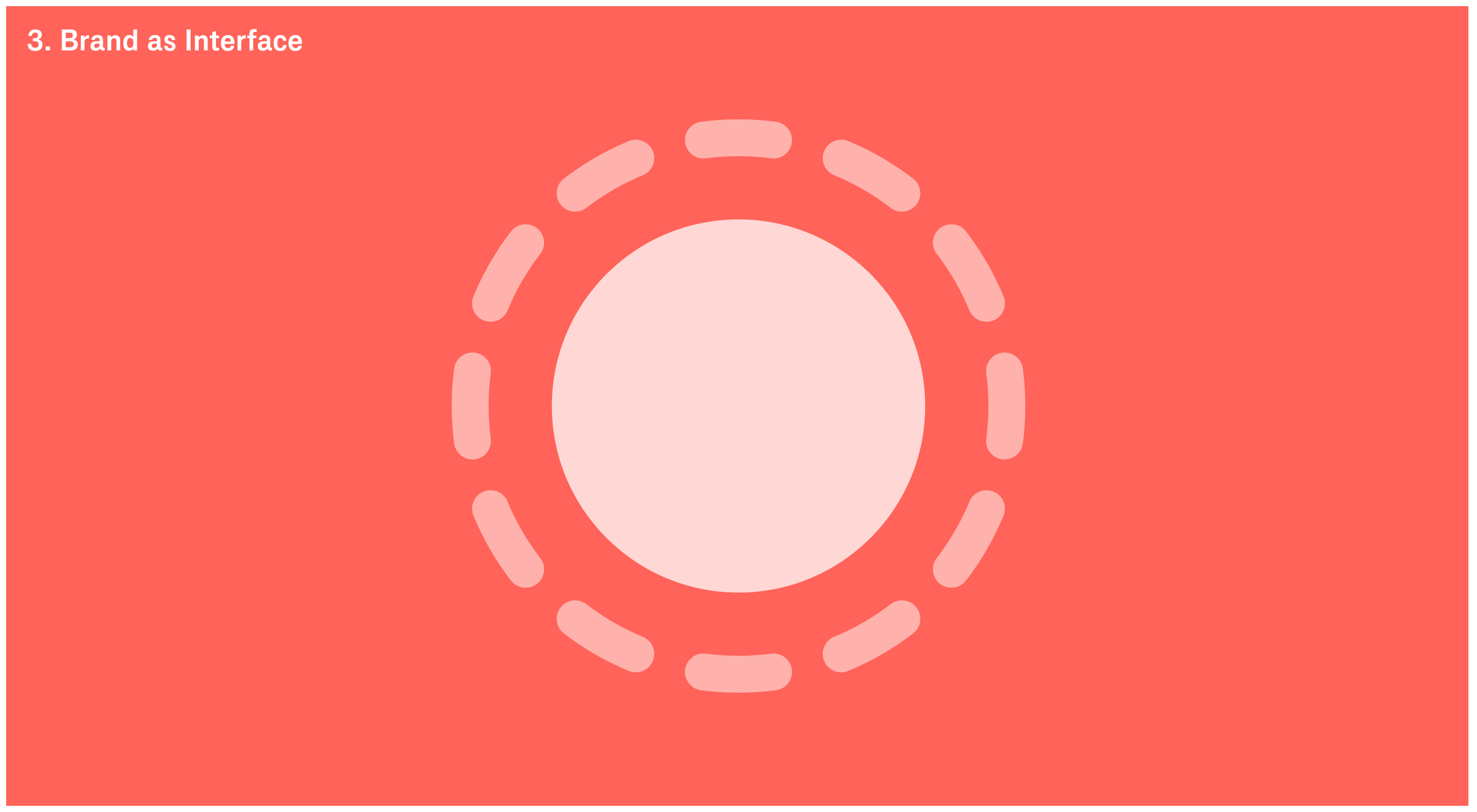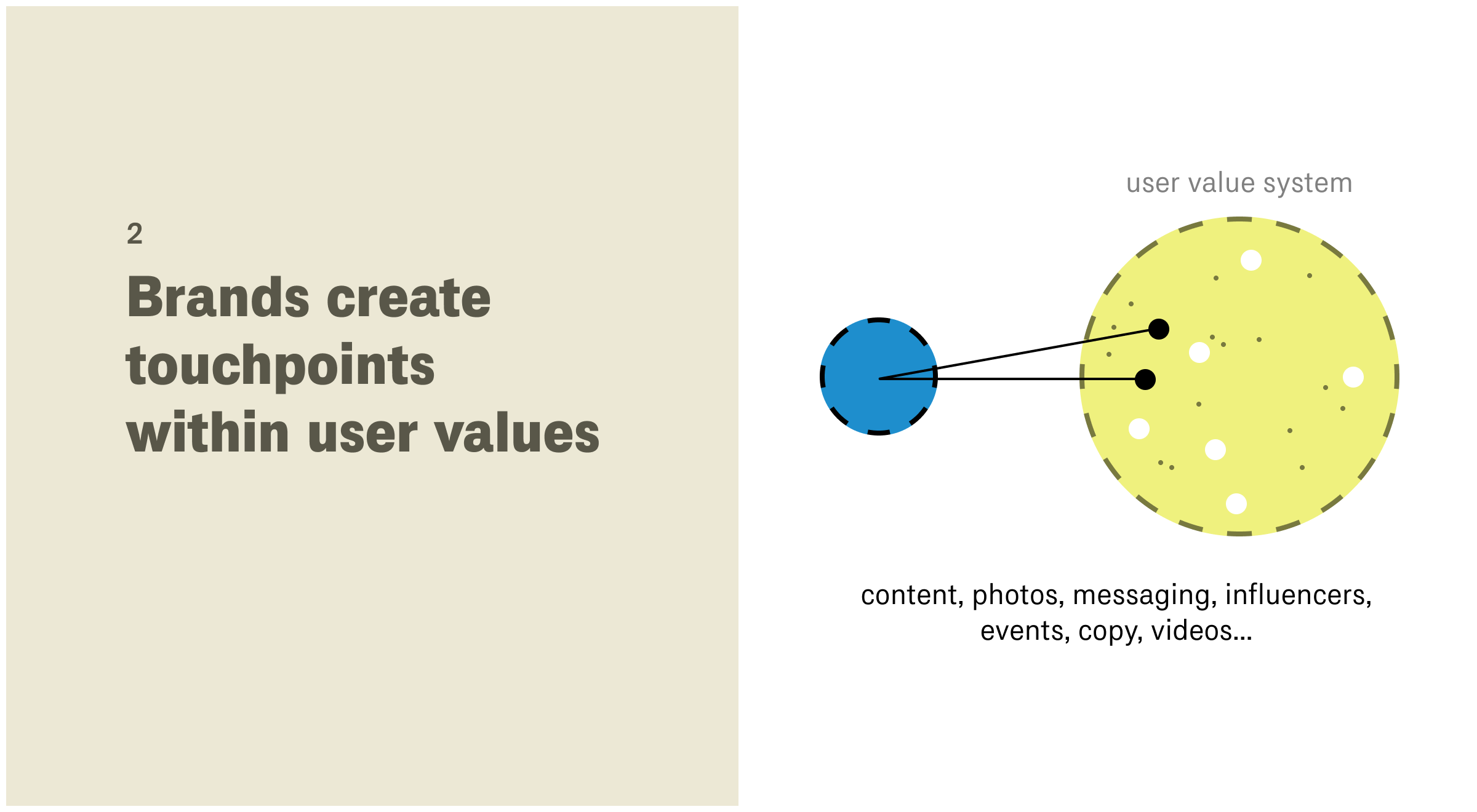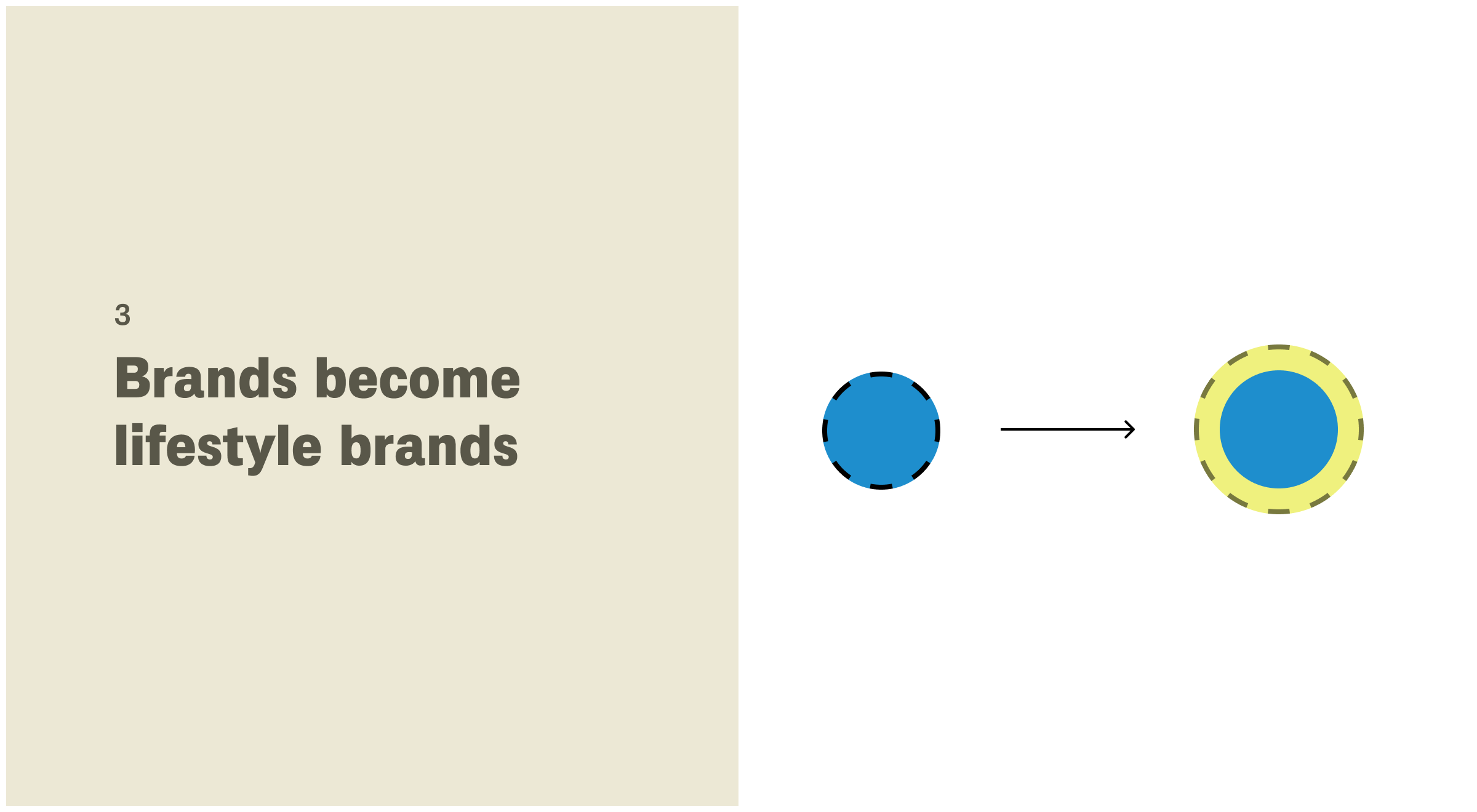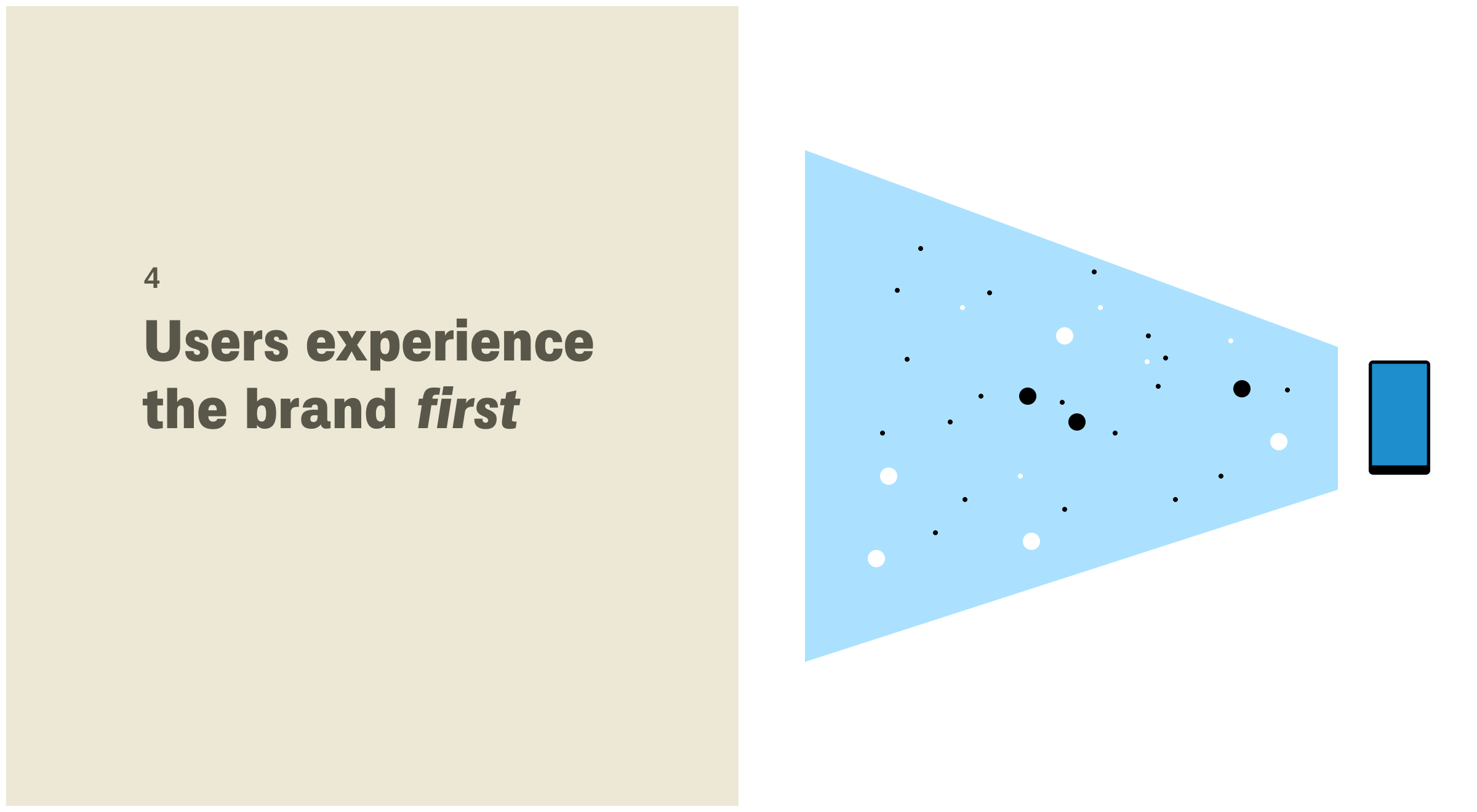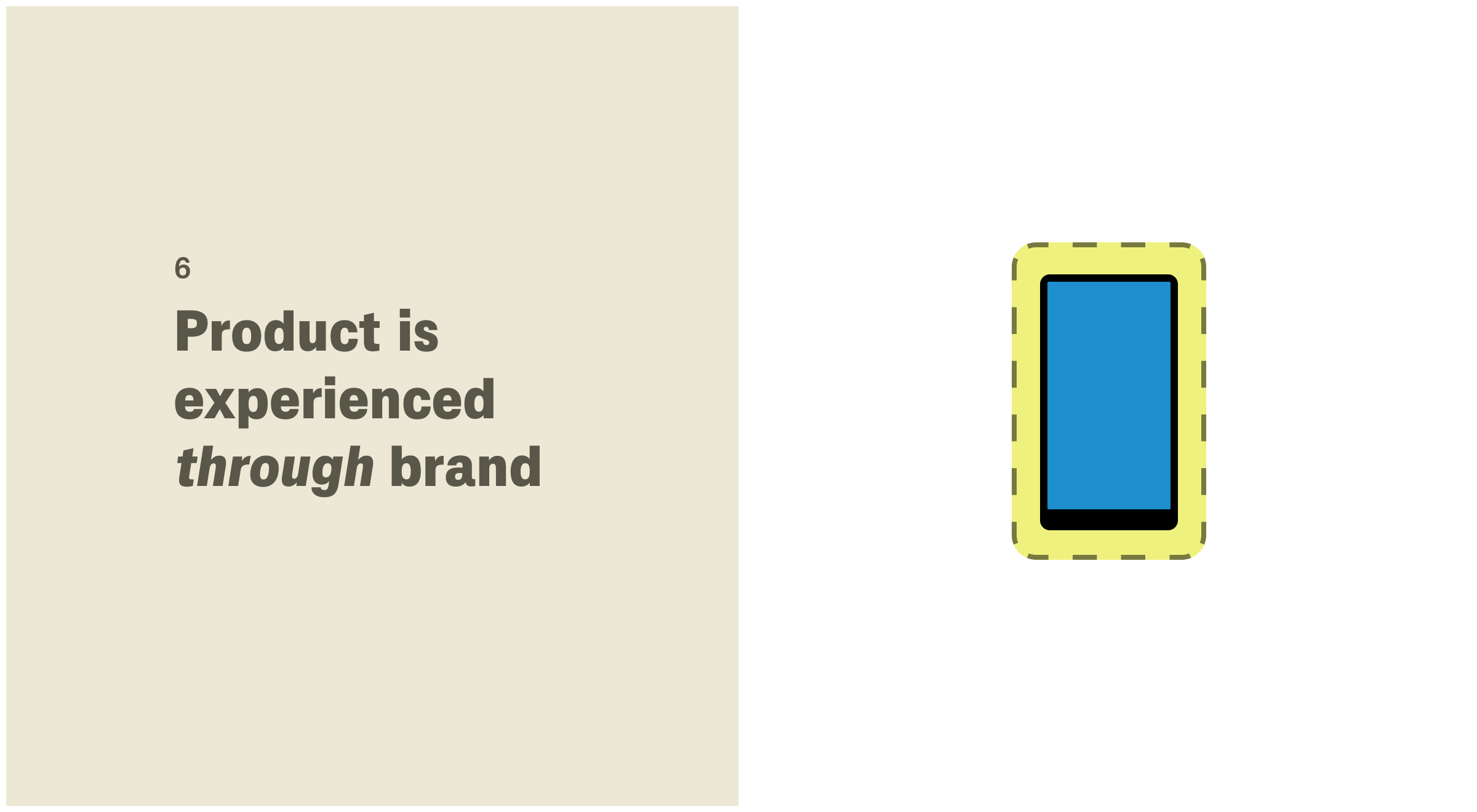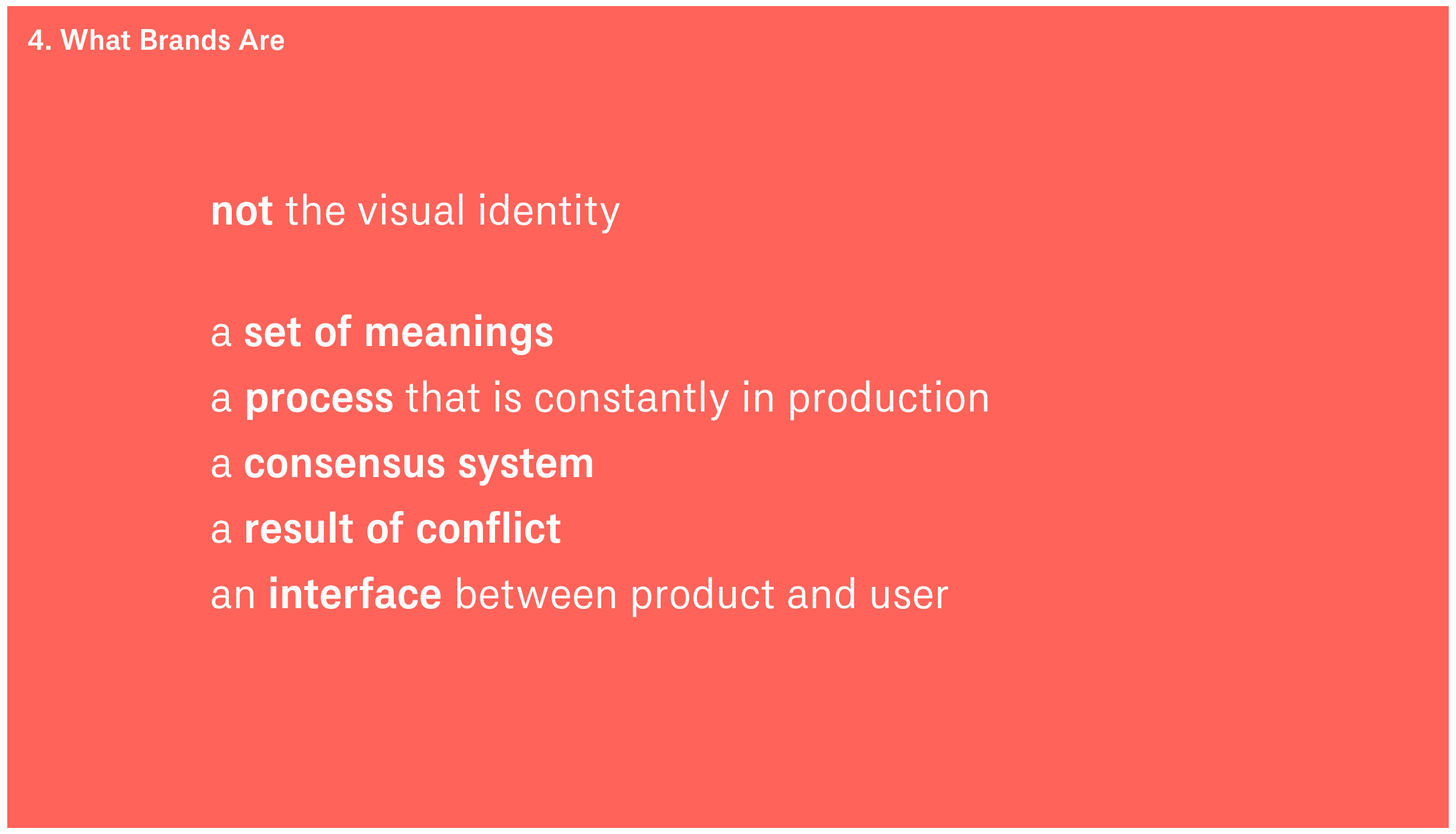In the following video and Figma file, I’ll discuss 3 ways I currently think about brands and branding. In the last year I helped a number of early stage companies and projects with brand and product positioning, and I found myself covering these ideas multiple times as part of that work.
The main threads discussed here are derived from the first insight: brands are consensus systems of meanings people associate with given entities. From this insight we can understand that these meanings can only be determined by companies to a limited extent; that these meanings meanings are often the sites of conflict between companies and the public; and that these meanings are an interface between user and product.
I’ve found that trying on these perspectives sometimes helps CEOs and designers develop a deeper understanding of where their prospective users are “coming from.” In reality, users almost never follow the fabled “happy path,” and they often don’t arrive altogether because they’ve formed different meanings than we’d like. These frameworks make it easier to see how potential users can be reached earlier and accommodated as they arrive through better messaging, onboarding, and community development programs.
Once we adopt these perspectives, it’s also inevitable to start asking whether a “brand” is distinct from a person’s reputation, or from the quotidian meanings we share, such as what “coffee” is. As Alfred Schutz said, the human mind is a typifying mind. That is where brands come from, but that’s a topic for another post.
I decided to try presenting these ideas through different media at the encouragement of my friend Tom Critchlow. This will take the form of a video walkthrough of a presentation made in Figma. In case you’re interested in perusing at your own pace, here’s a link to the Figma file. Thanks to Sam Hart and Laura Lotti for generating much of this in the discussions that led to our co-authored article Headless Brands (recommended followup reading), published earlier this fall under our consulting umbrella Other Internet; and thanks to Tom and to Jesse Walden for very helpful ideation and feedback on the topic.
Below are outtakes of some of the slides I liked.
